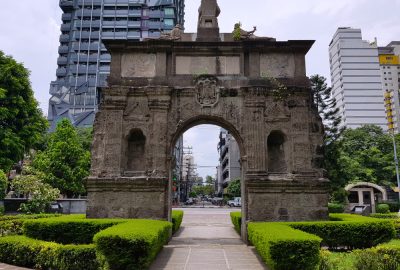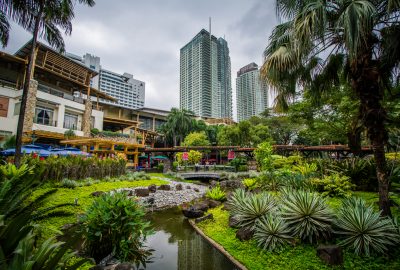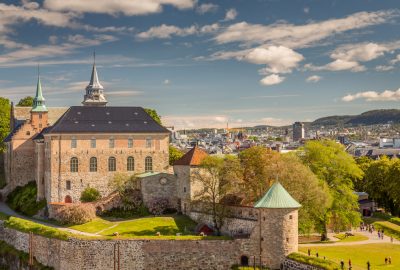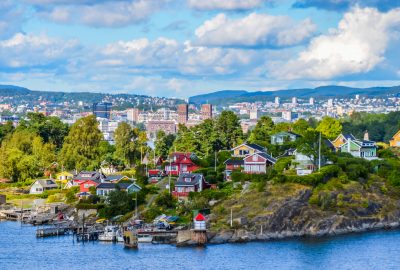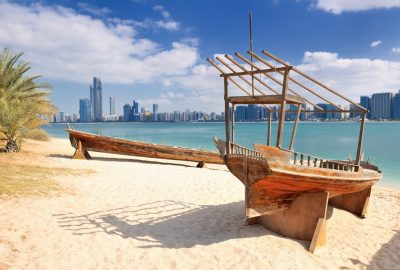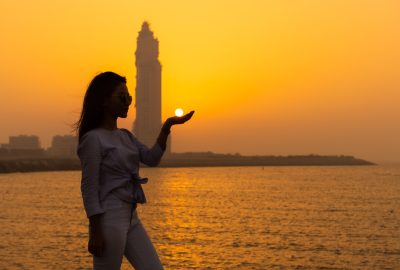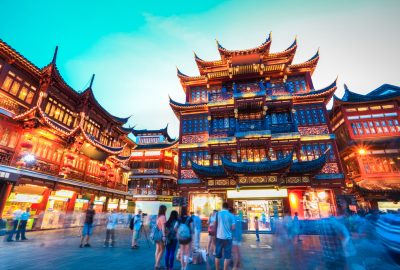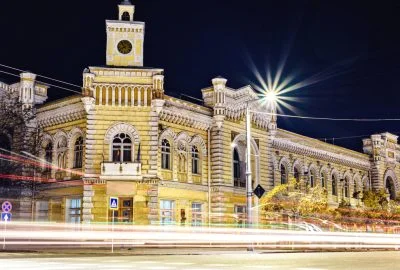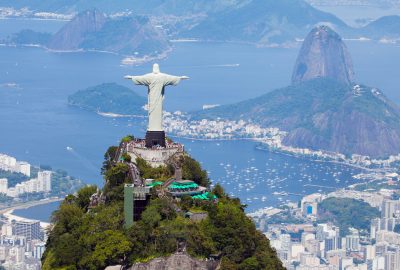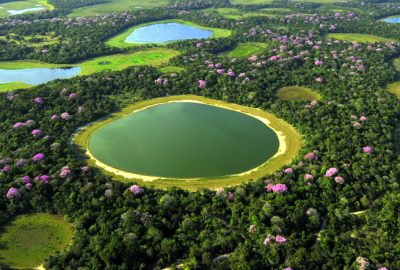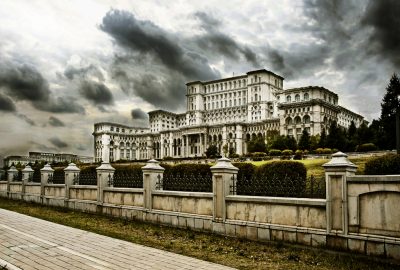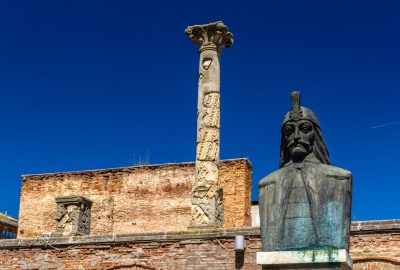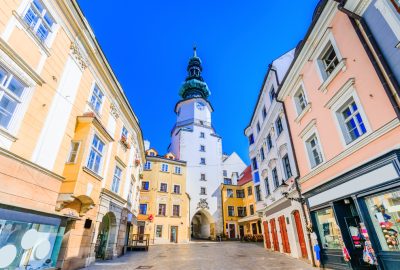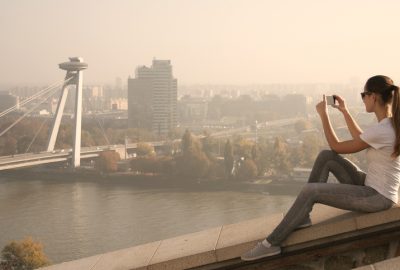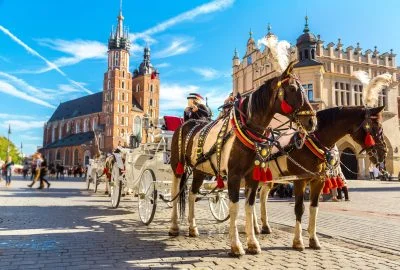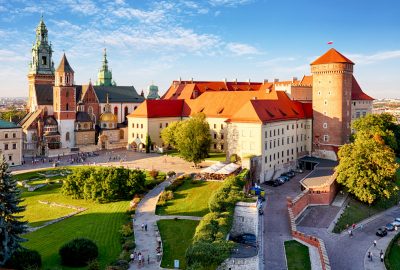Toronto is the largest city in Canada. It’s where people live their lives to the fullest and then move to Ottawa when they’re old. The land, where it stands was bought by the English in 1787 from a local tribe called the Mississaugas. The weirdest thing about those transactions is that the Europeans offered them complete garbage for this massive piece of land. They literally gave them kettles, mirrors, some gunflints, and booze. No wonder the natives were pissed off and disputed the legalities of those treaties. They came to an agreement just recently in 2010. I find it funny in a grotesque way. It’s been 200 years ago, so what if the tribe won the argument? They would now have this enormous city on their property: would have been awkward. Toronto was named York at first; then they renamed it following the Battle of York. A fort under the old name still stands and is a really cool museum, more of an experience than an exhibition. There’s even a functional kitchen from the period where they cook and serve original meals. Give it a shot; it’s definitely worth spending a few hours in, especially if the weather is good.
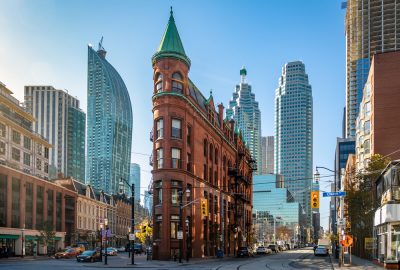
The Gooderham or Flatiron Building in Toronto, once the head office of the Gooderham and Worts Distillery, stands like a ship's bow at the intersection of Church, Wellington and Front streets
The Distillery (https://www.thedistillerydistrict.com/) is another historic site, not as old but still interesting. Gooderham & Worts Distillery was founded back in 1869 and quickly became the largest producer of whiskey in Canada. People started drinking wine and beer and other spirits and the distillery went bankrupt. It’s operational and still makes Gooderham & Worts brand of whiskey but it’s a shadow of its former glory. Some passionate people transformed the entire district into something new. They remade it into a space for the young Torontians where they can express themselves and socialize. Sounds like one of those hipster projects? That’s exactly what it is. Some people love it and some hate that sort of community. Not your cup of tea? That’s fine; go hang out at one of Toronto’s many urban beaches. Chill at the Sunnyside Pavilion overlooking the lake. It used to be a huge complex of heated swimming pools and facilities. One of the pools was actually the largest in the world at that time. Nowadays it’s more of a restaurant and a venue for weddings, but it’s still a very pleasant spot for a date or a drink. It gives off that Lake Como vibe.
The CN Tower is the main landmark in Toronto. I’m partial to those sky towers since every major city has one and they all look the same. But in this case it is worth the visit. Make sure you come in early because people line up since morning. The view from up to gives you a perspective on how huge Toronto really is. There’s an added option of an Edge Walk, for $150 you can walk around the edge of the top plate of the tower. There are safety measures, like getting strapped in a harness but I probably couldn’t do it anyway. I’d rather be a daredevil in the virtual reality of video games. The Rec Room (https://www.therecroom.com/) is a true playground for man-children like myself. I don’t even know where to start with this one. It’s an enormous building full of arcades, restaurants, clubs and cutting-edge VR equipment. There’s even an axe-throwing range so you can role-play Friday 13th’s Jason while downing a pitcher of brew.
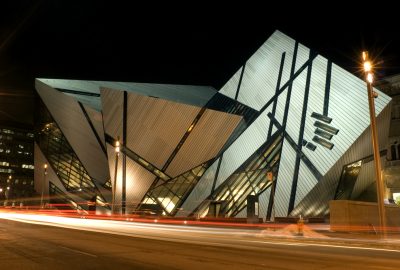
The Royal Ontario Museum: the largest and most-visited museum of Canada and an architectural masterpiece on its own
If you’re too old for this kind of stuff, or you’re a recovering video game addict then there might be better options. You could explore for instance the Kensington district. It feels like a mix between new age San Francisco and Brooklyn. There are coffee and bookshops, second-hand clothing, some really unique stuff. And the constantly changing graffiti in the narrow alleys is a treat for the eye. Kensington is the perfect spot to spend your afternoon, sipping on a latte and smoking a spliff. It’s legal now in Canada. Or the Art Gallery of Ontario (AGO), you wouldn’t have thought that the museum was established in 1900, looking at its modern exteriors. It’s quite impressive; just wait till you see all the impressive collections it houses.
That variety and multiculturalism is a treasured feature of this city. People flocked to Toronto over the years creating small communities. So you got Chinatown, Little Italy, Little Poland, Little Tokyo, Little Greece, etc. I was always curious: is it really multicultural when they close themselves off in those enclaves? What’s the point when you only live among your own people? Those areas are worth checking out even if just for the authentic food. Also, don’t miss out on St. Lawrence Market, the nr.1 food market in the world according to National Geographic.


